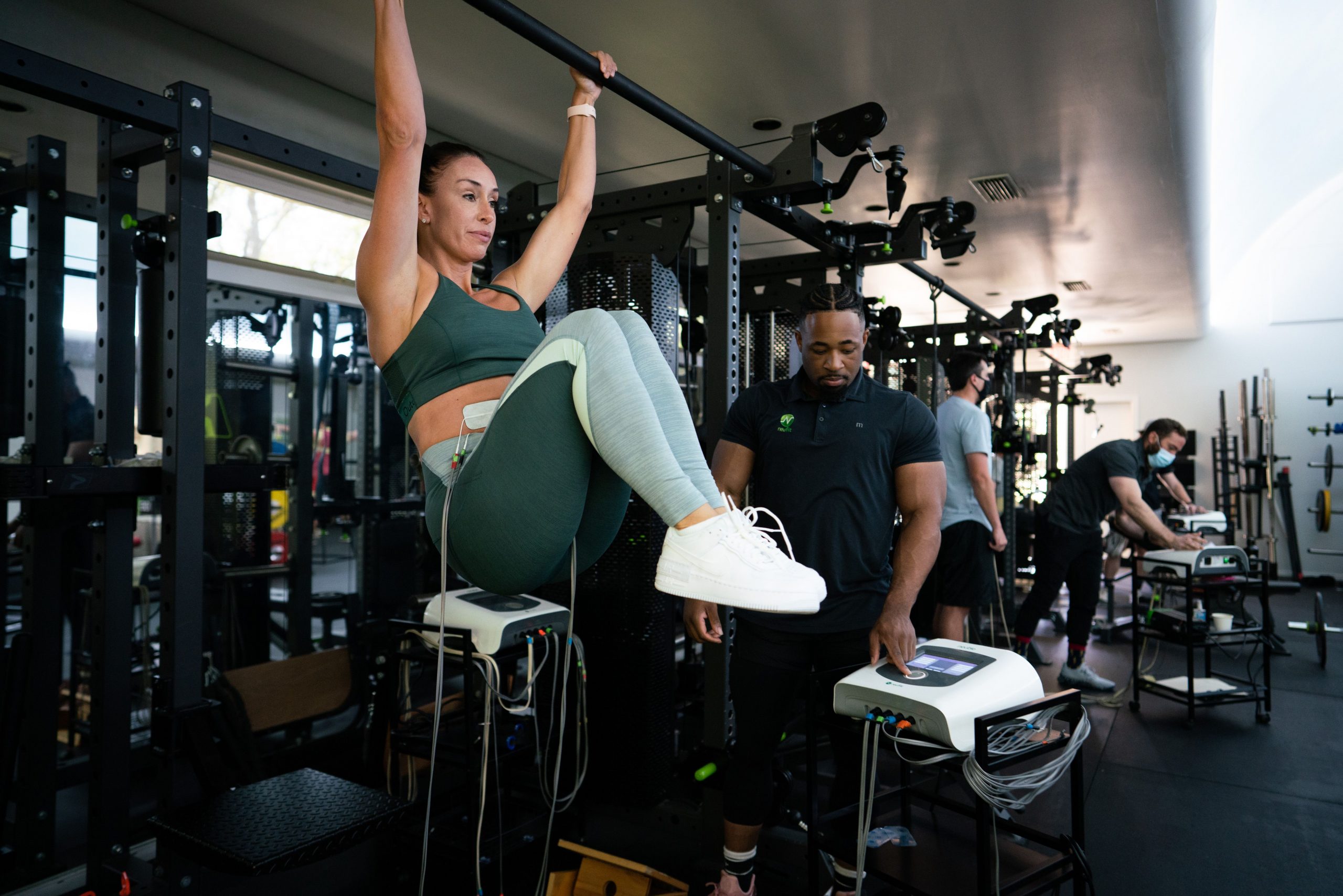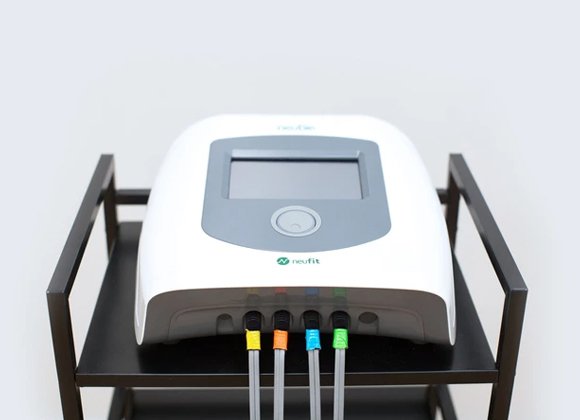In prior blog posts, we’ve discussed how neuromuscular stimulation can improve the quality of recovery from an injury as measured in time and by the overall quality of a patient’s recovery. Can we expect the same outcomes when the recovery is from a surgery or operation?
Let’s start with the fact that our body experiences trauma after a surgery. This may sound counter intuitive, after all a surgery is part of the healing process repairing and restoring our bodies. But our body, and most importantly our brain, do not differentiate between injury and surgery-based trauma. Our brain perceives an invasive procedure or operation as harm, not as care. According to the brain, the body has been attacked, torn apart, and sewn back together. As a result, the brain automatically classifies surgery as a threat—often a serious threat—to the body.
What may surprise you further is that our body may perceive trauma more acutely from a surgery than from an injury. In his book, The NeuFit Method, NeuFit® founder, Garrett Salpeter, writes:
“Working with thousands of clients for more than a decade, I’ve observed the body’s responses after surgery and after injury. Based on these experiences, I’m convinced that the brain’s governors, or limiting patterns, are generally more exaggerated after surgery than they are after injury.”
Our brain and nervous system will play defense to protect the affected area. So, after an orthopedic surgery, they send signals that inhibit, or shut down, some muscles and create excessive tension in others. Some of this inhibition comes from the brain and some from spinal reflexes. Either way, it leads to atrophy in the underactive muscles and stiffness in others. This slows the pace of healing and ultimately reduces the effectiveness of the recovery process.
Using the Neubie® electrical stimulation device, we can apply strategic stimulation and movement to help our brain and nervous system to release their protective reactions, including pain and stiffness, which are standing in the way of a recovery.
Post-Surgery Healing is More than Rest
Our neurological approach to healing still takes into account that the body needs time to recover after surgery. As a result, NeuFit® always follows movement or loading restrictions prescribed by surgeons after an operation.
But while rest may give the body time to heal after a surgery just as it would after an injury, it doesn’t fix limited neurological patterns or address any of the underlying dysfunction in the body. To repair itself and grow, an adequate amount of neurological stimulation is crucial. That is, the body needs a certain level of movement and challenge to activate its recovery processes.
We therefore want to start right away to stimulate the brain and nervous system to reactivate the muscles so we can reduce the time patients spend in an inhibited or shut down state after an operation. We can also reduce the amount of atrophy that tends to happen. With this approach, it often takes patients far less time to heal after an operation than if they rest for the first several weeks or even the first several days.
Because of the nature of the brain’s response to surgery and the amount of structural healing that needs to happen, the rehab process typically lasts longer after an operation than after an injury. In fact, the more atrophy there is in the early stages after surgery, the more time and effort it takes to rebuild muscles during the late stages of the recovery process. This is part of why the post-surgical recovery process can take such a long time—and why we like to begin rehabilitation as soon as safely possible after an orthopedic surgery.
By working at the level of the brain and nervous system, we can restore function much faster than more traditional methods of rehab and physical therapy. In the majority of cases, we can also accelerate recovery even as we reduce the risk of injury or re-injury. It all comes down to managing the neurological response to trauma.
Let’s charge forward to better outcomes together!

